
Plaques, Monuments & Historic Places | Cemeteries | Rural Post Office Sites Additional information about these sites (and much more) is available at Historic Sites of Manitoba. Use the Individual Site Links provided. 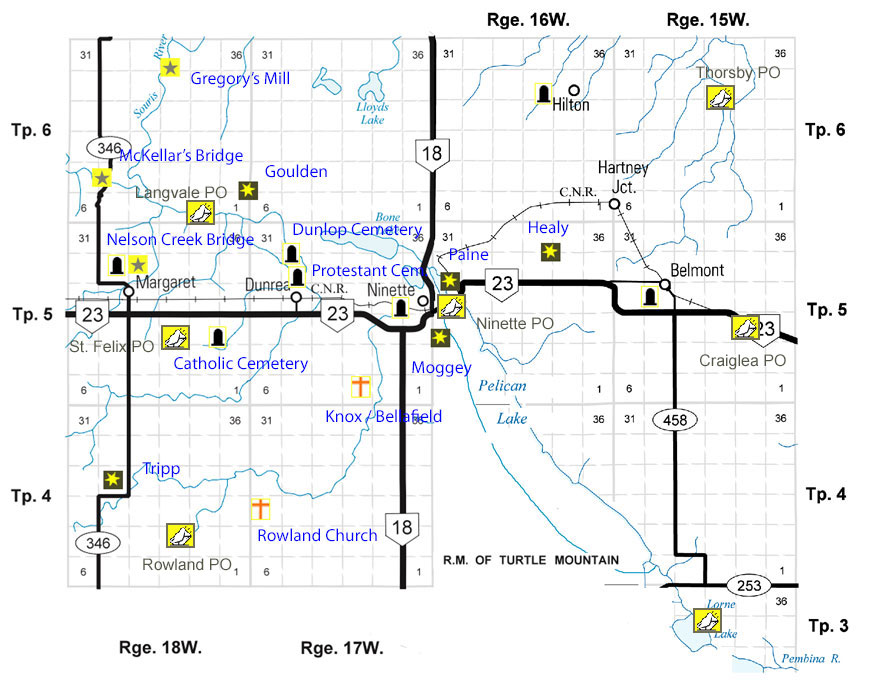 Plaques, Monuments & Historic Places Goulden Conservation Monument  A monument at this site northwest of Dunrea commemorates the acquisition of land from Raymond Cote and the development of the S Lake Project by the Manitoba Habitat Heritage Corporation. On 19 August 1998, it was dedicated to Richard C. Goulden, the late Chief Executive Officer of the organization. http://www.mhs.mb.ca/docs/sites/gouldenmemorial.shtml N49.45139, W99.76529 Gregory's Mill Sign 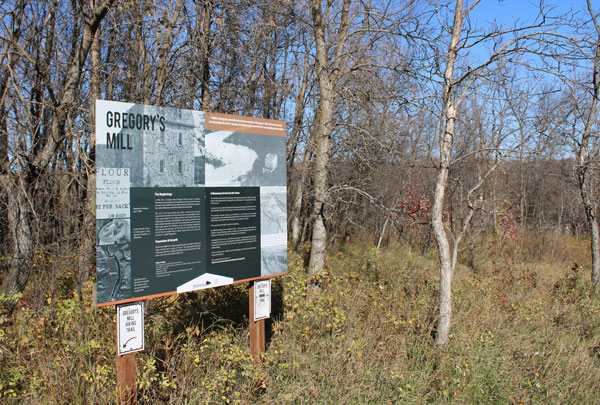 This Interpretive Sign, sponsored by the RM of Prairie Lakes, was placed at the site of Gregory's Mill on the Souris River about 8km SW of Wawanesa. It is accessible by hiking trail. http://www.virtualmanitoba.com/Places/G/gregorymill.html Access Road: 49* 31' 02.63" N 99* 52' 42.94" W Mill Site: 49* 31' 28.36" N 99* 49' 43.30" W Healy Conservation Monument 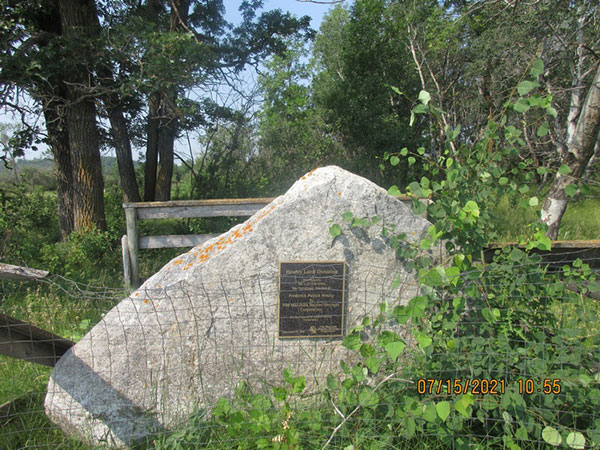 A monument commemorates the donation of land at this site by Dr. Frederick Patrick “Pat” Healy to the Manitoba Habitat Heritage Corporation for the conservation of wildlife habitat. http://www.mhs.mb.ca/docs/sites/healyconservation.shtml N49.42511, W99.54122 Hilton Pioneers Monument 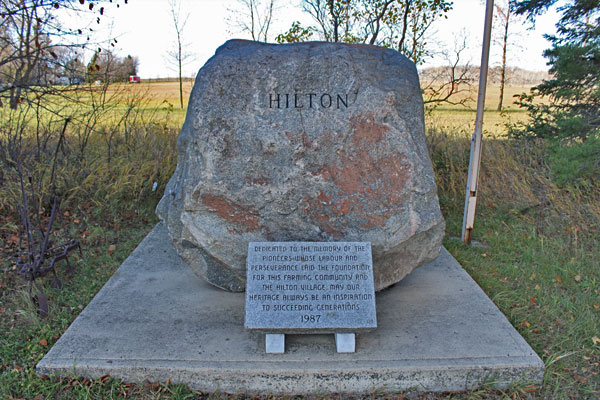 This monument, unveiled in 1987, is situated at Hilton. http://www.mhs.mb.ca/docs/sites/hiltonpioneers.shtml N49.50644, W99.52458 McKellar's Bridge 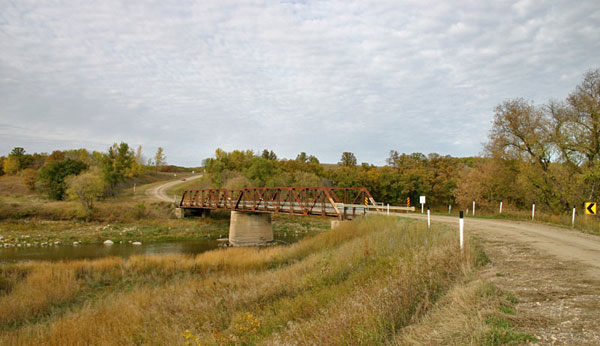 Moggey Conservation Monument 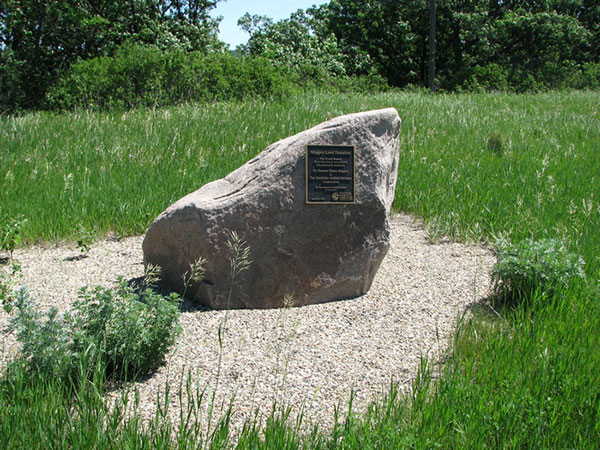 A monument commemorates the donation of land at this site to the Manitoba Habitat Heritage Corporation for the conservation of wildlife habitat. http://www.mhs.mb.ca/docs/sites/moggeyconservation.shtml N49.39027, W99.63000 Nelson Creek Bridge  Paine Memorial Monument 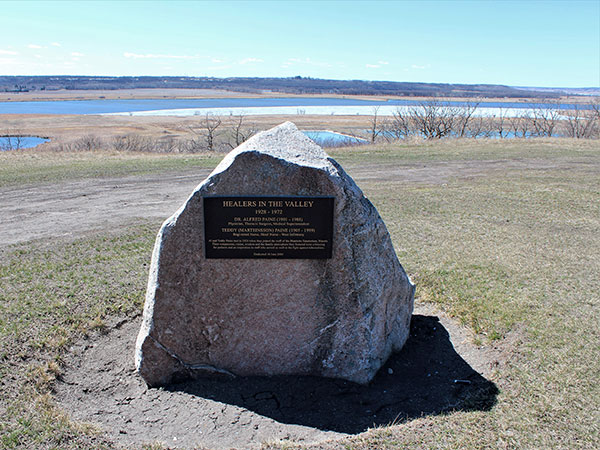 A monument beside Highway 23, overlooking Pelican Lake was dedicated to the memory of Dr. Alfred Paine and his wife Theodis “Teddy” Marteinsson Paine. In 1928, they met at the Ninette Sanatorium where he worked as a physician and surgeon and she was a registered nurse in the fight against tuberculosis. http://www.mhs.mb.ca/docs/sites/painememorial.shtml N49.41090, W99.61040 Riverside Centennial Park 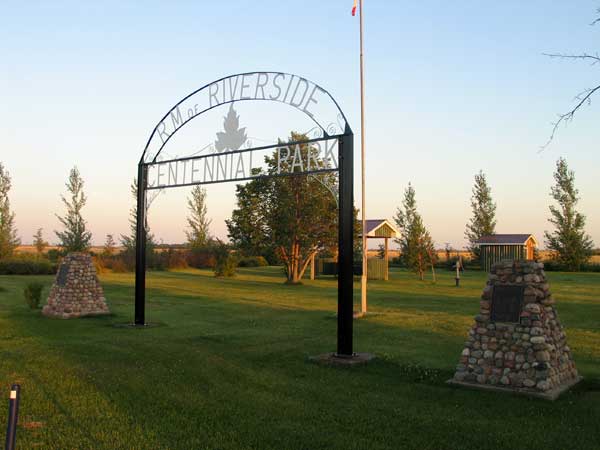 In this park in are monuments commemorating local pioneers and those who lost their lives in the defence of Canada. http://www.mhs.mb.ca/docs/sites/riversidecentennialpark.shtml N49.39914, W99.73644 Rowland Church 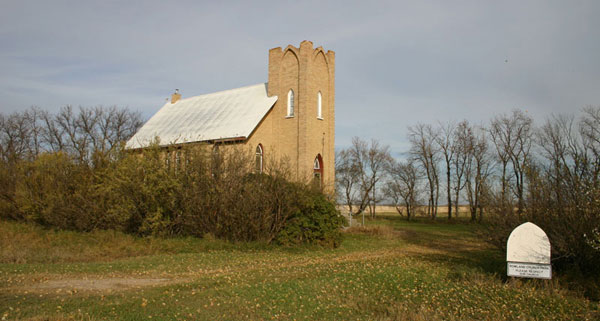 Russell Family Monument  This stone plaque in the Rural Municipality of Prairie Lakes, dedicated in 2004, commemorates James and Jane Russell, who homesteaded the northeast quarter of 26-4-18 in 1882. http://www.mhs.mb.ca/docs/sites/russellfamily.shtml N49.34038, W99.78884 Stewart Commemorative Plaque  This sign near Ninette was erected by the Historic Sites Advisory Board of Manitoba. It commemorates physician David Alexander Stewart, who was instrumental in the establishment of the Ninette Sanatorium. Another commemoration of Stewart is situated near the former Administration Building of the Sanatorium. http://www.mhs.mb.ca/docs/sites/stewart_da.shtml N49.40338, W99.60783 Strathcona Centennial Trail Monument 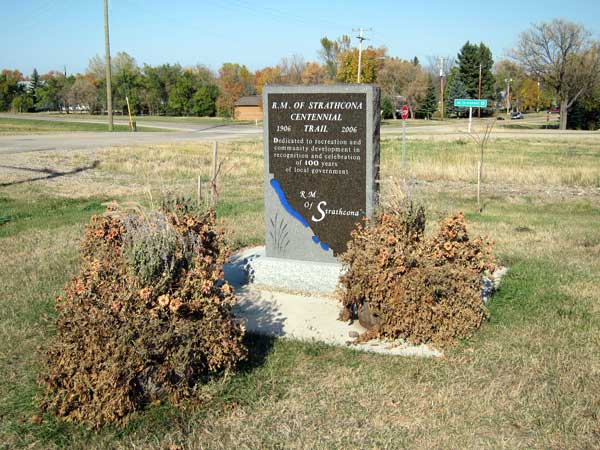 This monument in Belmont commemorates the centenary of the Rural Municipality of Strathcona. The Strathcona Memorial Trail is a 28-kilometre, four-season recreational trail between Belmont and Ninette along a former railway line. http://www.mhs.mb.ca/docs/sites/strathconatrail.shtml N49.41080, W99.45425 Tripp Family Monument 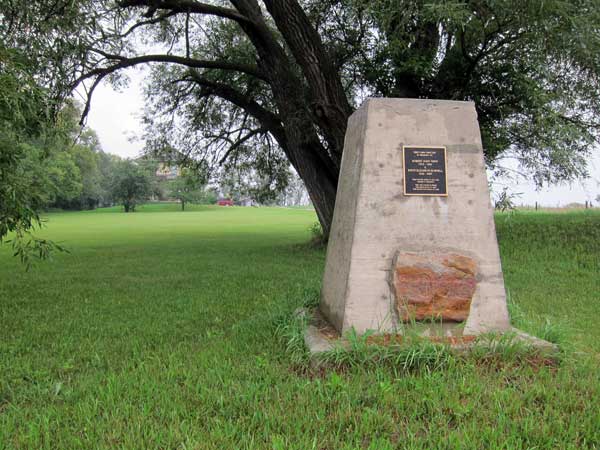 This concrete monument commemorates Robert John Tripp (1919-1996) and Edith Elizabeth Burnell (1926-2007) who moved to this site in 1944 and raised nine children. A stone embedded in the concrete is from a barn built in 1907. A house there, still standing, was built in 1908. http://www.mhs.mb.ca/docs/sites/trippfamily.shtml N49.31131, W99.86258 Cemeteries Belmont / Hillside 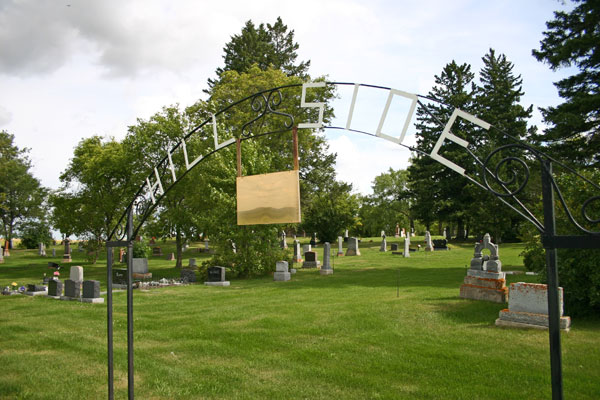 In 1893 Joseph Bell donated land for a community cemetery. In 1948 a newly formed Cemetery Committee organized a name contest. The winning entry was “Hillside Cemetery. N49.40644, W99.47173 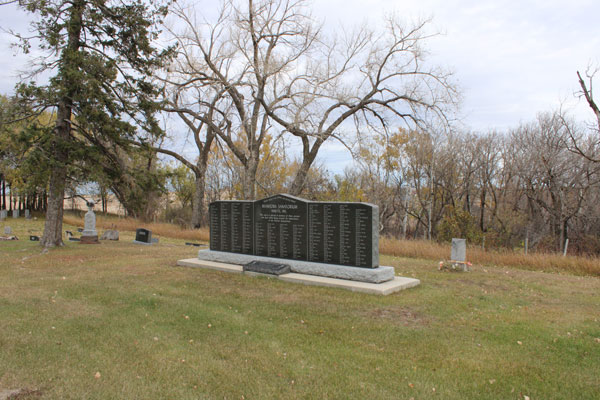 A monument commemorates the final resting place for the many patients from the Ninette Sanatorium. 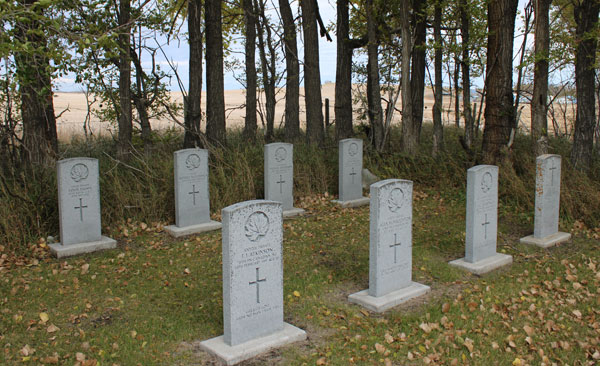 A peaceful corner is designated for the Military. Hilton 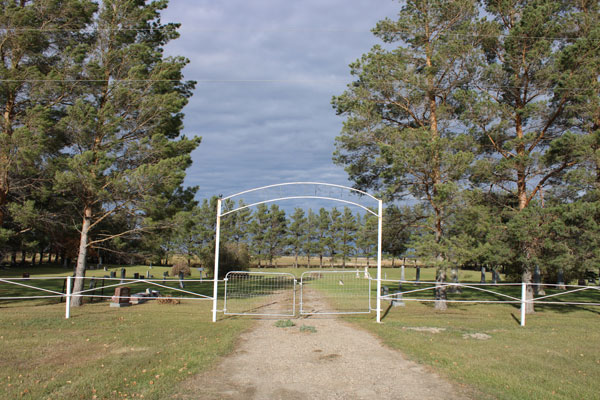 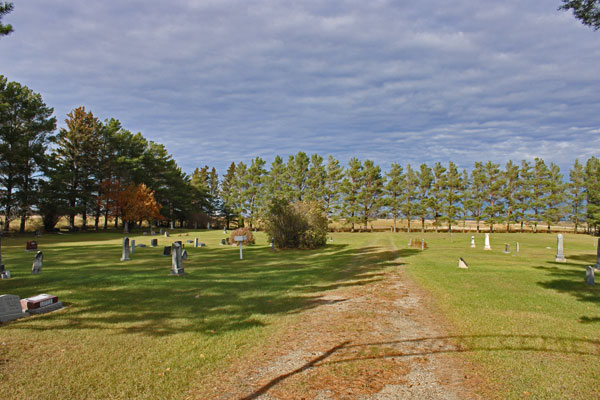 TThe Hilton Cemetery, situated about a kilometre west of the village in 1894 is on land donated by John and James Scott. The rows of Scotch Pines were planted in 1982. N49.502823 W 99.541185 Ninette 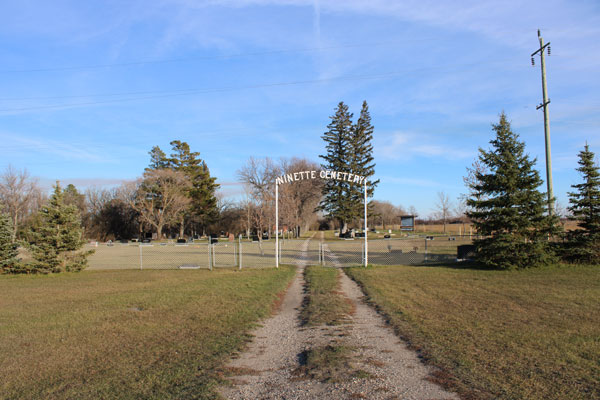 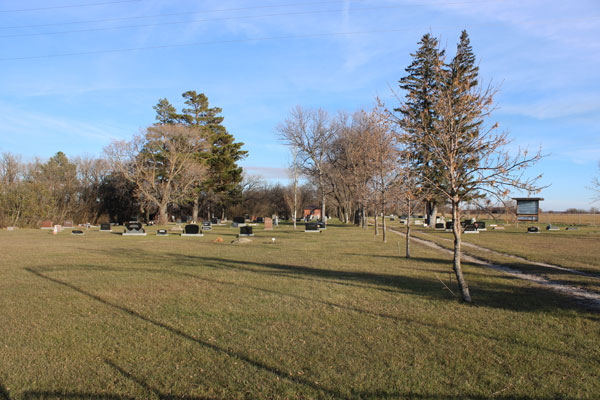 The land for the Cemetery was sold by Charles Overend for $1 in 1922, but the first recorded burial there was in 1916. Earlier burials involved graves moved from other locations. Some patients from the Ninette Sanatorium were buried here. N 49.39886, W 99.64244 Dunrea Rea Cemetery 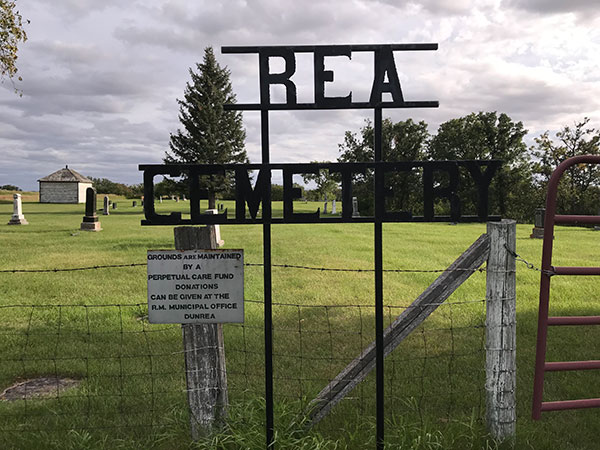 The Protestant Cemetery, often called the Rea Cemetery, was established in the early Pioneer Era on SE 29-5-17. The first burial in this occurred in 1882. N49.41431, W 99.72666 Dunlop Cemetery The first burial in the Dunlop Cemetery occurred in 1910.  The first burial in the Dunlop Cemetery occurred in 1910. N 49.42650, W 99.72447 St. Felix de Valois Roman Catholic Cemetery 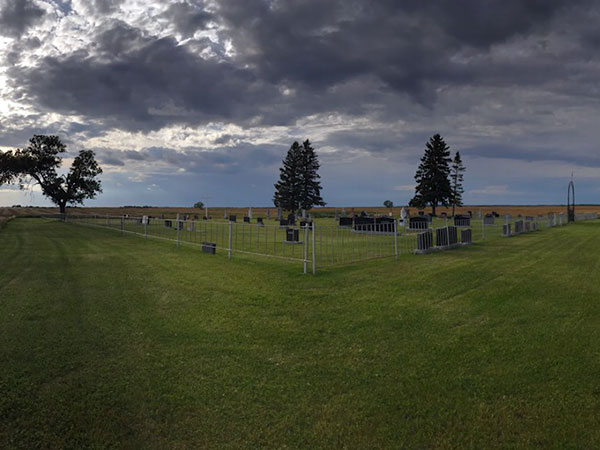 The St. Felix de Valois Roman Catholic Cemetery is on SE 19-5-17, just west of the village. It is on land donated by Joseph Fortier – the first burial was in 1907. N49.40660, W99.74355 "Old" Catholic Cemetery 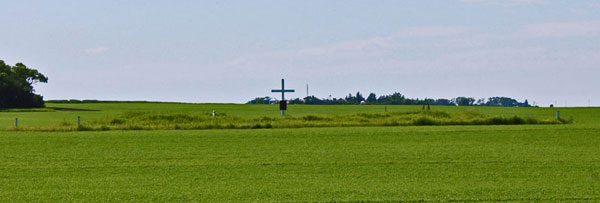 TThe first Catholic Cemetery was west of the current village, closer to where the first St. Felix Church and Post Office were located. The cemetery is located in a field with no road access. It was used between 1892 and 1907. A plaque attached to a cross in the cemetery, erected in 1999 by the local chapter of the Knights of Columbus, contains the names of those buried in it. 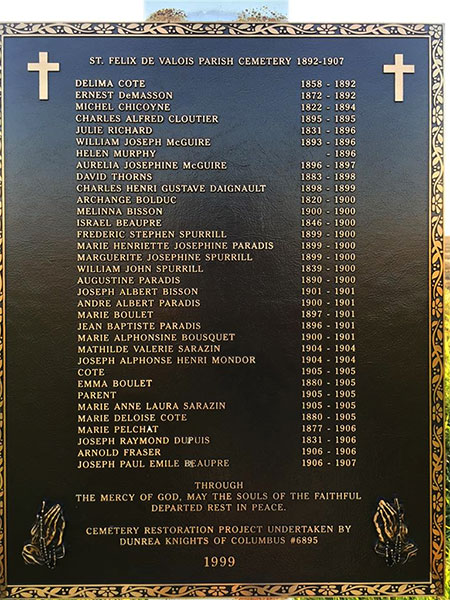 N49.39122, W99.79097 Margaret 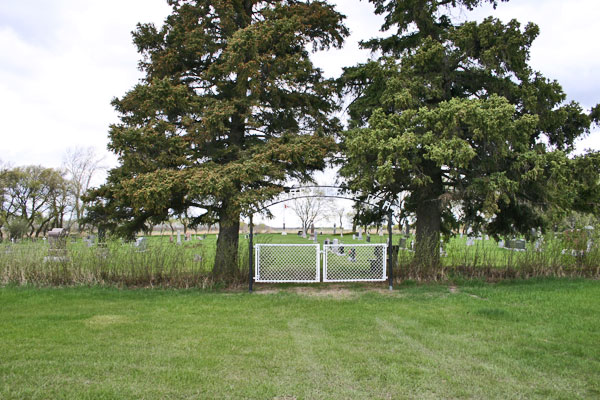 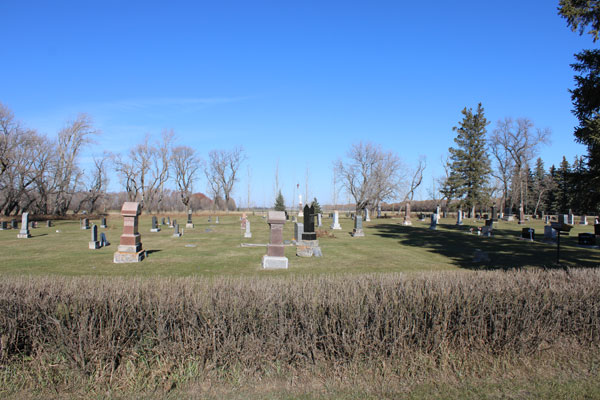 The first burial in the Margaret Cemetery was William McKellar, in 1888 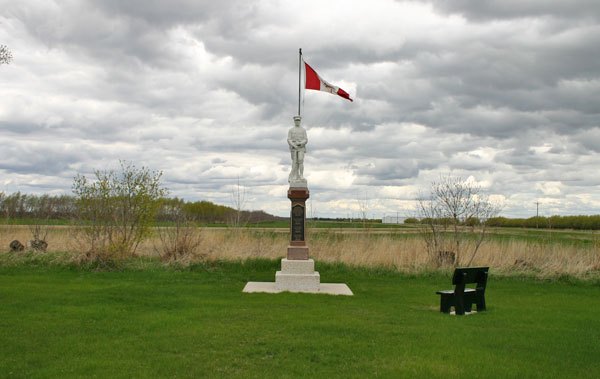 This cemetery contains a monument, unveiled in June 1921, commemorating men of the local area killed during military service in the First World War and Second World War. The first verse of “In Flander’s Fields” is inscribed on the base. N 49.41442, W 99.85717 Rural Post Office Sites As the European settlers came, place names began to appear on the map. Among the earliest were the names given to the post offices. The mail was brought by pony express once a week to a major center, there it was picked up and delivered to a post office, often a local farm.
|